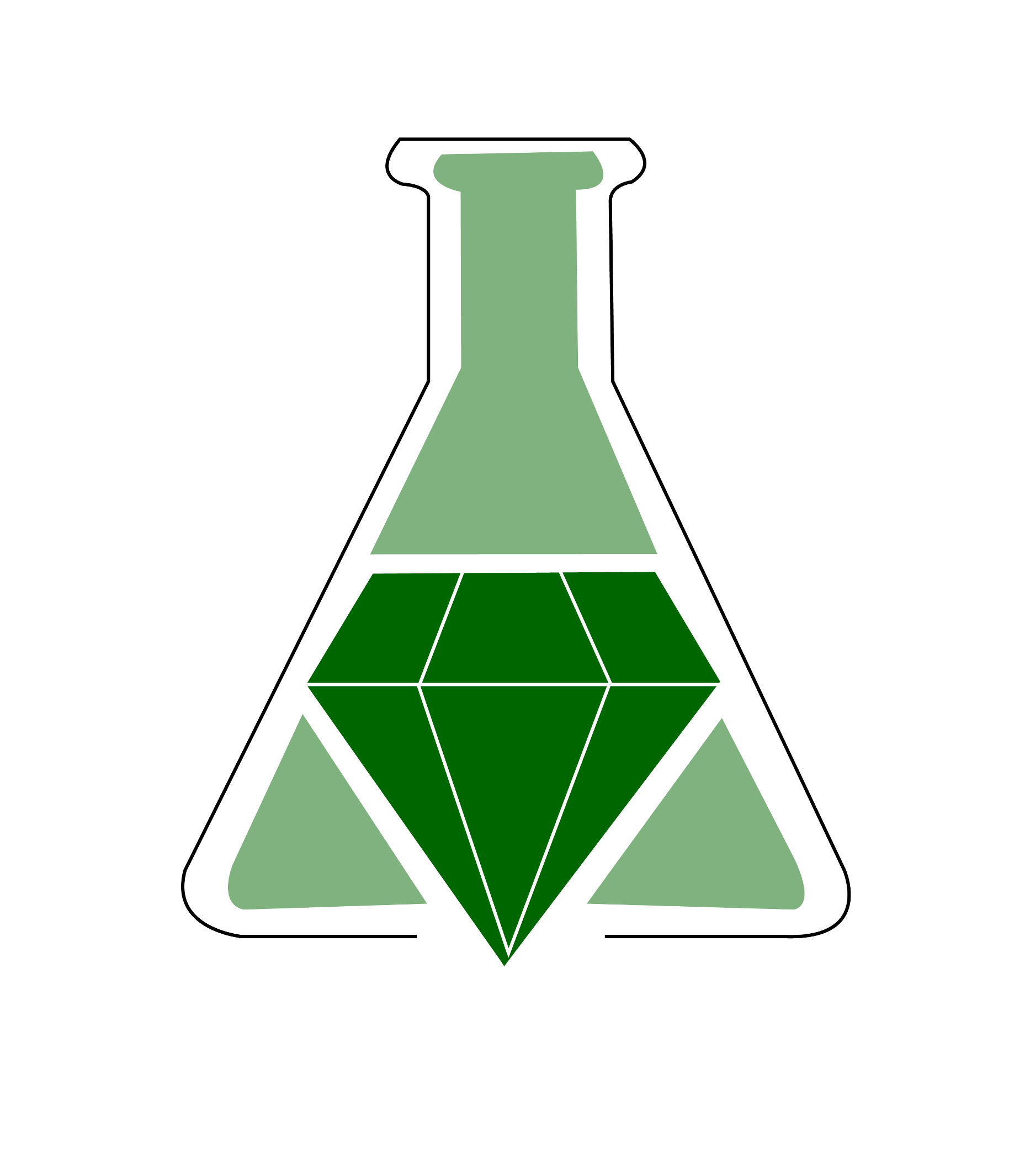Solvent-Free Wittig Reaction: A Green Organic Chemistry Laboratory Experiment

Summary
Carbon-carbon bond formation is arguably one of the most crucial transformations in organic chemistry. In this experiment, students will simultaneously transform carbonyl groups into olefins via the Wittig Reaction while learning principles of green chemistry. While the Wittig is not normally known for its "greenness" (due to its poor atom economy), this lab seeks to bolster the reaction's green credentials by using a mild base and eliminating the reaction solvent.
The hand-ground reaction between 4-bromobenzaldehyde, benzyltriphenylphosphonium chloride, and potassium phosphate can be completed within a three-hour period and will help students gain valuable lab skills. Other topics covered in the experiment include thin-layer chromatography, recrystallization, and the use of proton NMR coupling constants to determine E or Z alkene configuration.
Supplemental information includes an introduction to this solvent-free Wittig reaction, an equipment list, an experimental procedure and instructor notes.
Summary prepared for the original GEMs database January 2009 by Douglas M. Young at the University of Oregon.
Solvent-Free Wittig Reaction: A Green Organic Chemistry Laboratory Experiment
Sam H. Leung and Stephen A. Angel
Journal of Chemical Education 2004 81 (10), 1492
DOI: 10.1021/ed081p1492
The hand-ground reaction between 4-bromobenzaldehyde, benzyltriphenylphosphonium chloride, and potassium phosphate can be completed within a three-hour period and will help students gain valuable lab skills. Other topics covered in the experiment include thin-layer chromatography, recrystallization, and the use of proton NMR coupling constants to determine E or Z alkene configuration.
Supplemental information includes an introduction to this solvent-free Wittig reaction, an equipment list, an experimental procedure and instructor notes.
Summary prepared for the original GEMs database January 2009 by Douglas M. Young at the University of Oregon.
Solvent-Free Wittig Reaction: A Green Organic Chemistry Laboratory Experiment
Sam H. Leung and Stephen A. Angel
Journal of Chemical Education 2004 81 (10), 1492
DOI: 10.1021/ed081p1492
Safety Precautions, Hazards, and Risk Assessment
See published journal article
Link to external
